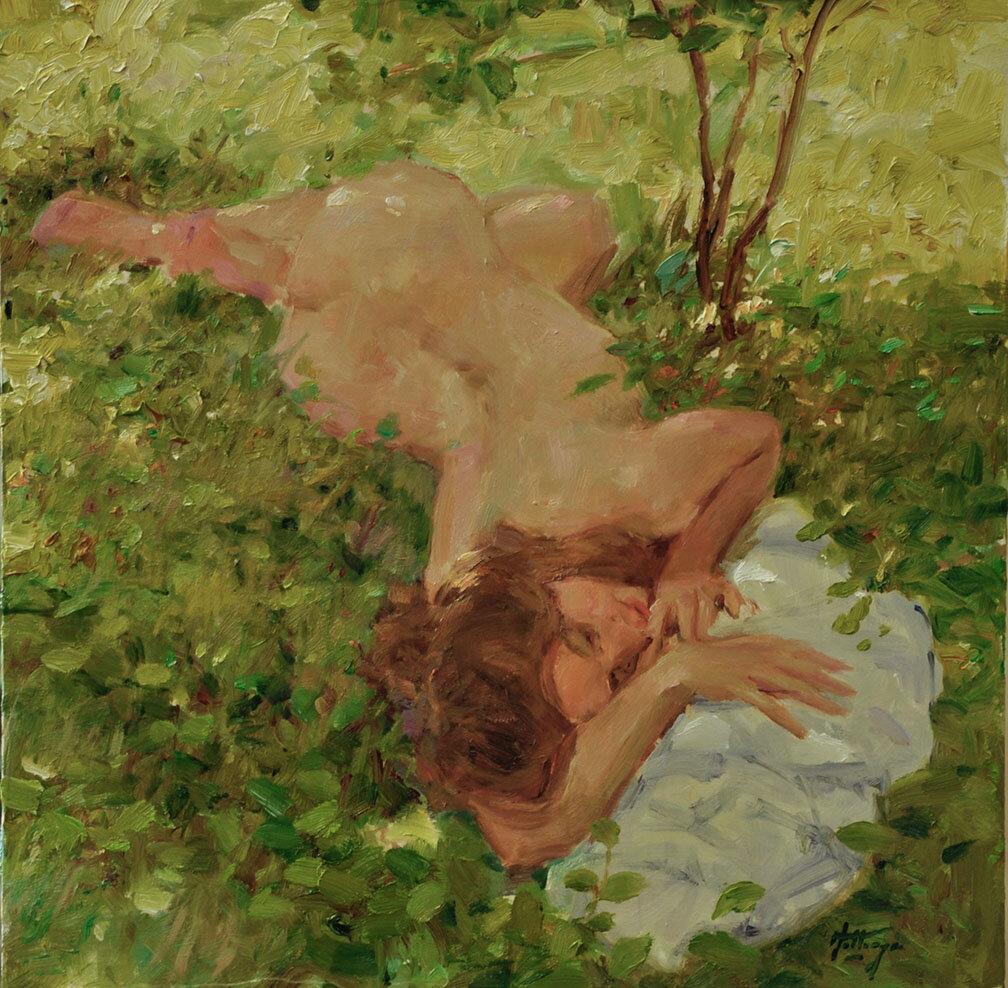Dumpster driving for cardboard and foam sheets. Four blocks from my house was a furniture store that got these oak tables from Arkansas. The tables were not assembled. The tops came wrapped in these huge sheets of soft foam placed in these huge flat cardboard boxes. I made daily trips to the store’s dumpsters picking up two or three boxes every day. I design my own boxes for my artwork. Scoring and folding and gluing I’ve made some impressive box sides and tops that were three layers thick. I make them easy to open for galleries and collectors alike. The ones used to ship direct to a collector were the best. No dents, stains, nor tears in those used to ship to collectors. I worked in a gallery and Mr. Welna, owner of the gallery, insisted everything be perfect and that included the packaging of the artwork being shipped as well. He hired a commercial packer and watched them pack up paintings to be sure everything was just so. I did the same, only I made my own boxes to save money.
Dumpster diving was just one of the things I did to stay in the game. David Leffel taught me how to make gesso and prepare planes. Richard Schmid taught me how to stretch and prepare raw canvas. When paint got a “skin” on it. I strain it through nylon stockings, forcing it through with a palette knife. I drove one gallery nuts by sending them paintings of dead roses, dried milk weed and broken toys… other things I found in the dumpster. I could not afford models so I drew people in parks, which I’ve learned a lot of artists do - even those who could afford models. At a figure drawing workshop I used oils for the 10 and 25 minute poses just to train myself to really see the figure. Sold some for $25 dollars, some I wiped off right away. Some are in my attic with paintings I haven't sold.
When I began art school I never dreamt I'd be dumpster diving, or making my own panels. Never thought about shipping paintings and having frames damaged by galleries. Never thought about galleries going bankrupted and banks and other creditors getting the money from the sale of my artwork.
I’ve learned some collectors will not buy a landscape from an artist simply because that artist occasionally does a nude. Some of this I learned from reading letters to the editor. I learned about the law and art from reading the Law page in Art of the West.
I am still learning at 72, learning from the younger generation of artists. Every Wednesday and Friday I meet my fellow artist, George Shipperley, and we trade ideas over coffee and bagels at Jake's Bagel Shop. Some mornings William Worcester joins us, some mornings total strangers offer an opinion. Part of being an artist takes place away from the easel and out of the studio.



